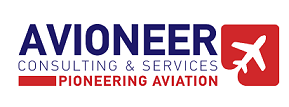ATP (A) Integrated
DELIVERED IN cYPRUS
AVERAGE DURATION 18 MONTHS (220 hours Flight and Simulator / 750 hours Theory)
ATP Integrated is a well-structured course designed to train the student pilot with zero or little experience up to
the Frozen ATPL and to obtain the CPL/IR/MEP/PBN with APS-MCC, Advanced UPRT and ATP Theory Credit.
Pre – entry Requirements
- At least 17 years to submit an application
- High school graduate
- Fluent in English
- Clean criminal record
- EASA Class 1 Medical Certificate
- Successful Pre - Entry Assessment
Course structure:
- Flight and Simulator Training - 220 hours (total)
- Theoretical Knowledge Ground Training* – 750 hours
- APS-MCC
- Advanced UPRT
*Theoretical Knowledge Ground Training Subjects:
- 1. Air Law
- 2. Operational Procedures
- 3. VFR and IFR Communications
- 4. Principles of Flight
- 5. Aircraft General Knowledge – Airframe, Systems, Engines, Electronics
- 6. Basic and Advanced Instruments
- 7. Aeroplane Performance
- 8. Mass and Balance
- 9. General Navigation
- 10. Radio Navigation
- 11. Flight Planning and Monitoring
- 12. Meteorology
- 13. Human Performance and Limitations
